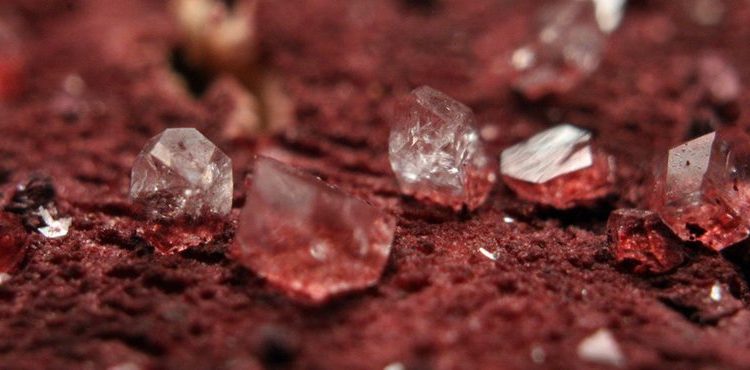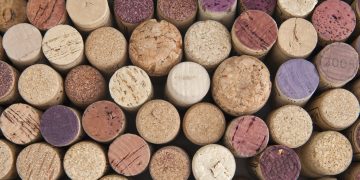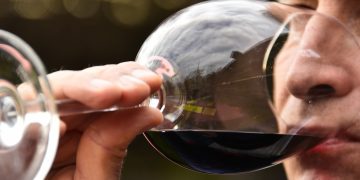Wine is a captivating elixir that has been cherished for centuries, offering a spectrum of flavors and aromas that tantalize the senses. While the grape variety, winemaking process, and aging techniques all contribute to the complexity...
Read moreWhat are these Crystals in my wine? Tartrates explained
The crystals we sometimes find stuck on a cork or the bottom of our wine bottle are called tartrates.
Tartrates are a naturally occurring substance formed from tartaric acid. Tartaric acid is the main acid in wine and the one mainly responsible for the acidity we taste in a wine. It also gives structure and balance to our wines but it also keeps pH levels low and thus protects our wine from spoilage.

Tartaric acid in normal conditions remains dissolved and will only solidify when our wine is exposed to low temperatures (under 5 Celsius). At these temperatures’ potassium, which also found in wine, will bind with tartaric acid and form potassium bitartrate (aka tartrates, aka cream of tartar).Tartrates are tasteless and do not affect the quality of our wine. We just need to remove them from our wine by simply decanting the wine or filtering it with a cheese cloth.
How can wineries eliminate tartrates from wine?
Most wineries try to remove tartrates from wine or in other cases prevent tartrates from forming. First of all, some of the tartrates precipitate during the fermentation process and some when we age a wine for a long time (mostly red wines).
If a winery wants to remove more tartrates then it can simply cool a wine down to a very low temperature (even under 0 Celsius). The only thing being done here is that we are speeding up the formation of tartrates. We are simply doing the same thing you would do if you stored your wine in the fridge for a long time. This method can successfully remove most of the tartrates but can alter the flavour, acidity and ph of our wine.
Another way to solve the tartrate problem is to prevent them from forming in the first place. A lot of wineries now use a product called CMC (Carboxymethylcellulose) which is essentially a crystallization inhibitor. The benefit of using this method is that your wine remains the same without changing its pH, acidity or organoleptic characteristics. Furthermore, you save a lot of energy since you do not need to cool your wine.
The above are the most common ways to stabilize a wine from tartrates. Other methods used are:
- Contact seeding where you purposely add potassium bitartrate in your wine to speed up the reaction.
- Electrodialysis where you pass your wine through a charged membrane so you can remove the negatively charged bitartrate ions.
- Coating the bitartrate crystals with the addition of meta tartaric acid in the wine.
- Aging a wine on its lees. Here the mannoproteins prevent crystallization growth.
- Adding gum arabic (acacia tree sap) to prevent crystallization growth again.
All the methods we have talked about can either be used by themselves or combined with another. For example, a good way to stabilize a young red wine from tartrates is to combine mannoproteins with gum arabic.
Why we bother removing them in the first place?
The only reason wineries do the extra step is purely for the looks. Most consumers expect their wines to be perfectly clear and will not buy a wine with crystals.
So next time you do find a wine with tartrates don’t be afraid, it’s absolutely natural. Show off your wine knowledge and explain to others what’s happening to their favourite wine.
by Fikardos Fikardos, assistant winemaker.










